How to Use ChatGPT-4 for Free: A Complete Guide
Artificial Intelligence (AI) continues to revolutionize how we interact with technology, enabling more personalized and efficient experiences across industries. One of the most advanced AI models available today is OpenAI’s ChatGPT-4, a powerful language model designed to generate human-like text based on the input it receives. From creative writing to technical support, ChatGPT-4 has become an invaluable tool for businesses, developers, and everyday users alike. However, the premium features and capabilities of ChatGPT-4 often come at a cost, which may be a barrier for some users. In this comprehensive guide, we’ll explore how you can access ChatGPT-4 for free, maximize your usage, and evaluate alternatives if necessary. Whether you’re a casual user or a professional looking to integrate AI into your workflow, this guide offers valuable insights to help you make the most of ChatGPT-4 without breaking the bank.
Introduction to ChatGPT-4
What is ChatGPT-4?
ChatGPT-4 is the latest and most sophisticated version of OpenAI’s Generative Pre-trained Transformer (GPT) series. As an AI language model, it has been trained on a vast dataset comprising diverse text sources, enabling it to understand and generate text in a highly coherent and contextually relevant manner. Unlike traditional rule-based AI systems, ChatGPT-4 uses deep learning techniques to predict and generate text, making it capable of carrying out complex conversations, answering questions, and even generating creative content like stories, poems, and essays. The model has been fine-tuned to offer improved accuracy, better understanding of context, and enhanced ability to maintain conversation flow over multiple turns. These advancements make ChatGPT-4 a versatile tool, applicable in various domains such as customer service, content creation, education, and more.
Key Features of ChatGPT-4
One of the standout features of ChatGPT-4 is its ability to generate contextually appropriate and coherent responses, even in complex multi-turn conversations. This capability is a significant improvement over previous versions, which sometimes struggled to maintain context over extended interactions. ChatGPT-4 also introduces a higher degree of customization, allowing users to fine-tune the model for specific tasks or industries. For instance, businesses can train the model to better understand their specific jargon or customer preferences, thereby improving the relevance and quality of the AI’s responses. Another key feature is its versatility in generating different types of content. Whether you need a technical explanation, creative writing, or even a piece of poetry, ChatGPT-4 can adapt its output to meet your needs. This adaptability is particularly beneficial for content creators, marketers, and educators who require diverse outputs from a single tool.
Why People Are Looking for Free Access
Despite its powerful capabilities, the cost associated with accessing ChatGPT-4 can be a significant hurdle for many users. OpenAI typically offers ChatGPT-4 through subscription plans, which provide varying levels of access depending on the plan chosen. For casual users or those who only need the tool occasionally, these costs may seem prohibitive, especially when compared to the free versions of other AI models available in the market. Additionally, users in regions with weaker currencies or lower purchasing power might find the subscription fees particularly burdensome. This has led to a growing interest in finding ways to access ChatGPT-4 for free, whether through limited-time offers, third-party platforms, or alternative tools. Understanding these options can help users leverage the benefits of ChatGPT-4 without incurring additional costs.
Methods to Access ChatGPT-4 for Free
OpenAI’s Free Access Periods
OpenAI occasionally provides free access to ChatGPT-4 as part of promotional events, product launches, or during specific times when they are testing new features. These free access periods are typically limited in duration but offer full access to the model’s capabilities, allowing users to experience ChatGPT-4 without any financial commitment. For instance, during the launch of a new version or feature, OpenAI might offer a free trial period where users can interact with ChatGPT-4 and explore its new functionalities. To take advantage of these opportunities, it’s crucial to stay informed about OpenAI’s announcements, which are often shared on their official website, blog, or social media channels. Subscribing to OpenAI’s newsletter or following their social media accounts can help you catch these free access periods as soon as they are announced. Additionally, these free access periods can serve as a valuable opportunity to test the model’s capabilities before deciding whether a paid subscription is worth the investment.
Utilizing Free Trials of ChatGPT-4
In addition to OpenAI’s direct offers, many platforms that integrate ChatGPT-4 into their services offer free trial periods to new users. These trials generally range from a few days to a couple of weeks, providing full access to the model’s features during that time. Signing up for these free trials is an excellent way to explore ChatGPT-4’s capabilities without any cost, and it allows you to assess how well the tool meets your specific needs. To make the most of these trials, it’s important to plan your usage strategically. Start by identifying the tasks you want to accomplish with ChatGPT-4, whether it’s content creation, coding assistance, or customer support. By focusing on these tasks during the trial period, you can get a comprehensive understanding of the model’s strengths and limitations. Furthermore, make sure to read the terms and conditions of the free trial carefully. Some platforms may require you to enter payment information upfront, with the trial automatically converting to a paid subscription if not canceled in time. Setting a reminder to cancel the trial before it ends can help you avoid unexpected charges.
Third-Party Platforms Offering Free Access
Beyond direct access through OpenAI or free trials, several third-party platforms provide free access to ChatGPT-4 as part of their service offerings. These platforms may be research institutions, educational websites, or AI-based service providers that have partnered with OpenAI to offer ChatGPT-4 to their users. However, navigating this landscape requires caution, as not all platforms are legitimate. Some may offer access to outdated or unauthorized versions of the model, while others could potentially compromise your data security. To ensure a safe and productive experience, it’s essential to verify the legitimacy of any platform offering free access to ChatGPT-4.
How to Identify Legitimate Platforms
To identify legitimate platforms that offer free access to ChatGPT-4, start by researching the platform’s background and reputation. Look for partnerships or endorsements from reputable organizations, as well as clear and transparent terms of service and privacy policies. User reviews and ratings can also provide valuable insights into the platform’s reliability and the quality of the service offered. Additionally, check whether the platform is affiliated with any recognized research institutions or academic projects, as these are more likely to provide genuine access to the model. It’s also important to be wary of platforms that ask for excessive personal information or payment details upfront, especially if they claim to offer free access. These could be red flags indicating a potential scam.
Steps to Access ChatGPT-4 on These Platforms
Once you’ve identified a legitimate platform, the process to access ChatGPT-4 is usually straightforward. Most platforms require you to create an account, which involves providing basic information such as your name, email address, and sometimes your profession or area of interest. After registering, you’ll typically need to log in to the platform’s interface, where you can begin using ChatGPT-4. Some platforms may have specific conditions or requirements, such as contributing to research data or completing certain tasks, in exchange for free access. It’s important to read and understand these conditions before proceeding to ensure you’re comfortable with the terms. Additionally, keep in mind that while these platforms offer free access, there may still be limitations on usage, such as the number of queries you can make or the duration of each session. Being aware of these limits can help you plan your usage more effectively.
Best Practices for Using ChatGPT-4 Efficiently
Tips to Maximize Your Free Usage
When using ChatGPT-4 for free, it’s important to make the most of the time and resources available to you. One effective strategy is to plan your interactions with the model in advance. By organizing your questions or prompts beforehand, you can ensure that each session is productive and focused. For example, if you’re using ChatGPT-4 for content creation, outline the topics you want to cover and prepare specific prompts that will guide the AI in generating the type of content you need. This approach not only saves time but also increases the likelihood of receiving high-quality, relevant responses from the model. Additionally, consider using ChatGPT-4 during off-peak hours if the platform offers unrestricted access during certain times. This can help you avoid any usage limits that might be imposed during periods of high demand. Another tip is to familiarize yourself with the model’s capabilities and limitations before starting your session. Understanding what ChatGPT-4 can and cannot do will help you set realistic expectations and avoid frustration.
Understanding Usage Limits
Even during free access periods or trials, there are often limits on how much you can use ChatGPT-4. These limits might include a maximum number of queries per day, restrictions on the length of each interaction, or a cap on the total word count generated during your session. It’s important to understand these limits so you can plan your usage accordingly. For instance, if you’re working on a large project that requires multiple interactions with the model, you may
4o
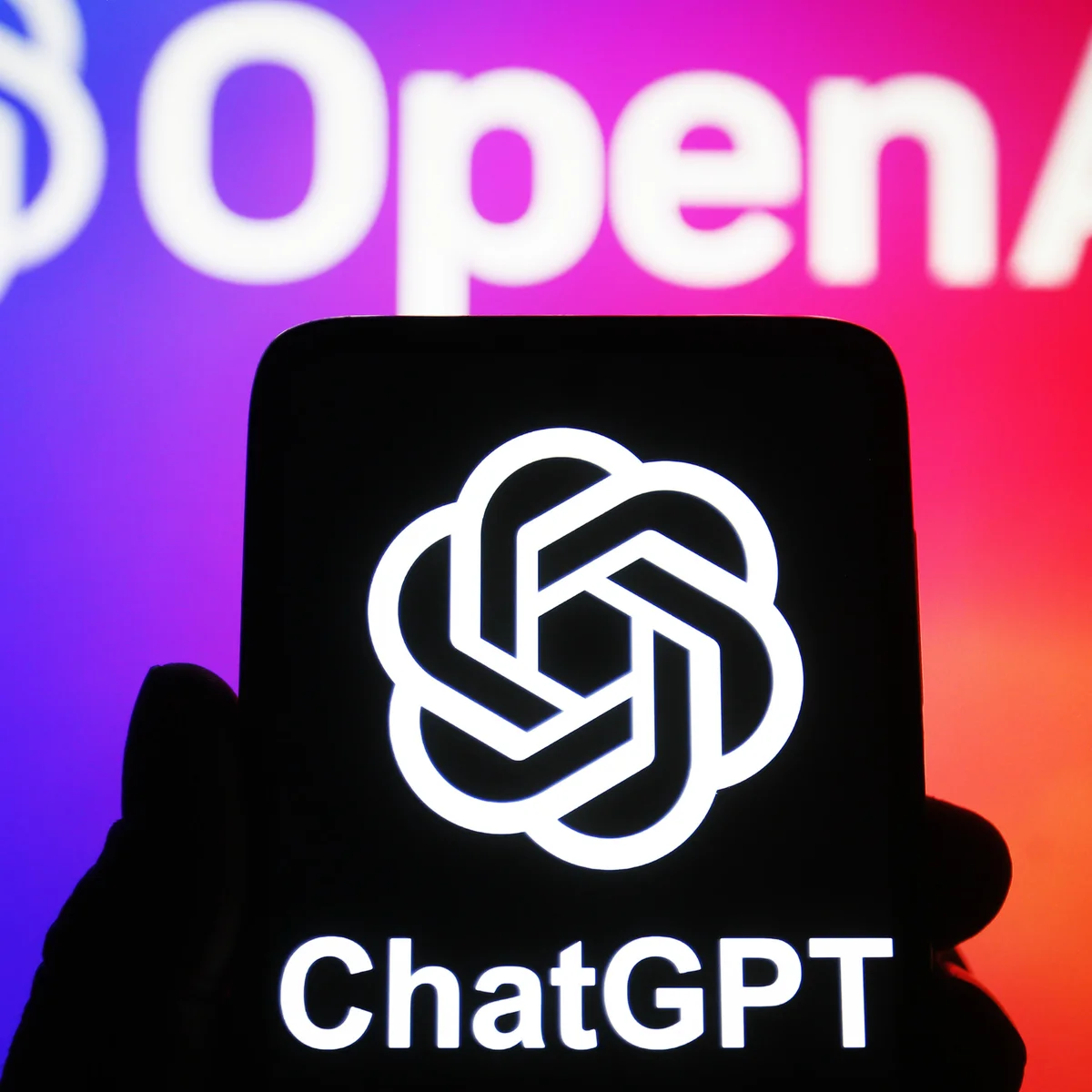


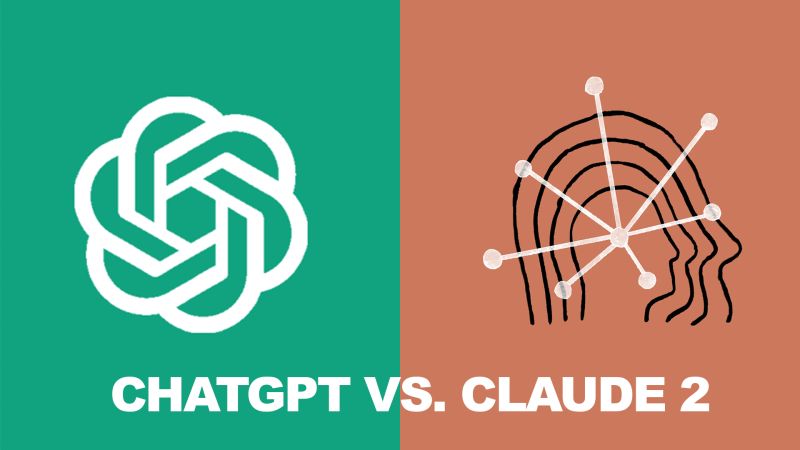
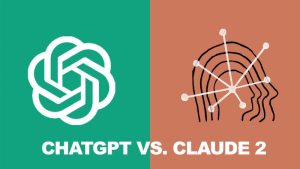


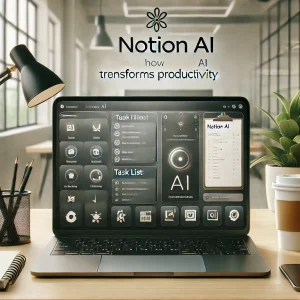
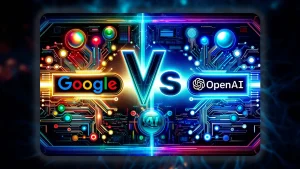
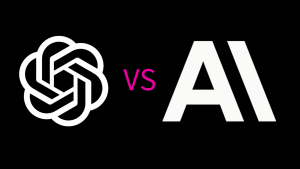
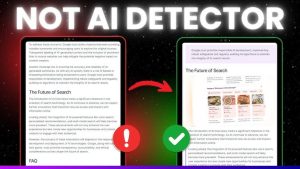



Post Comment